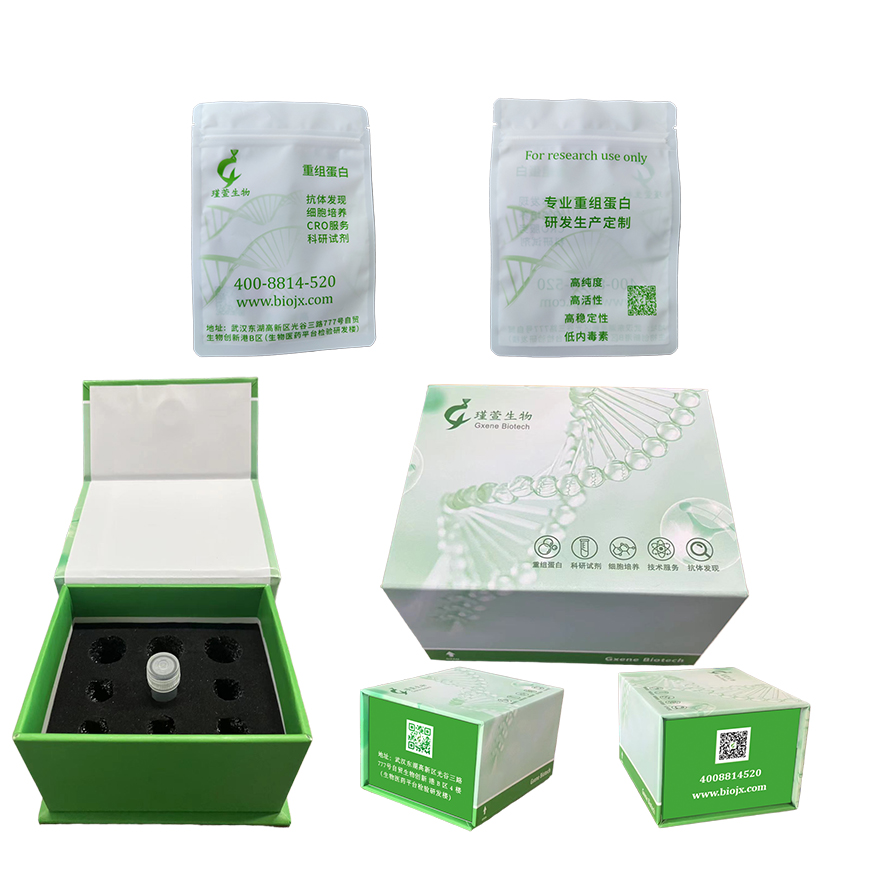After reconstitution, the protein solution is stable at -20°C for 3 months, at 2-8°C for up to 1 week.未开盖的干粉蛋白在 -20°C至-80°C可保存12个月;
复溶之后,蛋白溶液在-20°C及以下可保存3个月,在2-8℃可保存1周。
背景信息
CD30 ligand (CD30L), also known as CD153 and TNFSF8, is a membrane-associated glycoprotein belonging to the TNF superfamily and TNFR superfamily, and is a specific ligand for CD30/TNFRSF8 originally described as a cell surface antigen and a marker for Hodgkin lymphoma and related hematologic malignancies. CD30L is a type-II membrane glycoprotein expressed on activated T cells, stimulated monocyte-macrophages, granulocytes, eosinophils, and some Burkitt-like lymphoma cell lines. CD30L is capable of transducing signals through CD30 on different CD30+ lymphoma cell lines, and mediates pleiotropic biologic effects including cell proliferation, activation, differentiation, as well as cell death by apoptosis. CD30-CD30 ligand interaction has been suggested to have a pathophysiologic role in malignant lymphomas, particularly Hodgkin disease, large cell anaplastic lymphomas and Burkitt lymphomas, and is also involved in activation and functioning of the T cell-dependent immune response. Thus, CD153 and its receptor CD30 are regarded as therapeutic targets in hematologic malignancies, autoimmune and inflammatory diseases.

